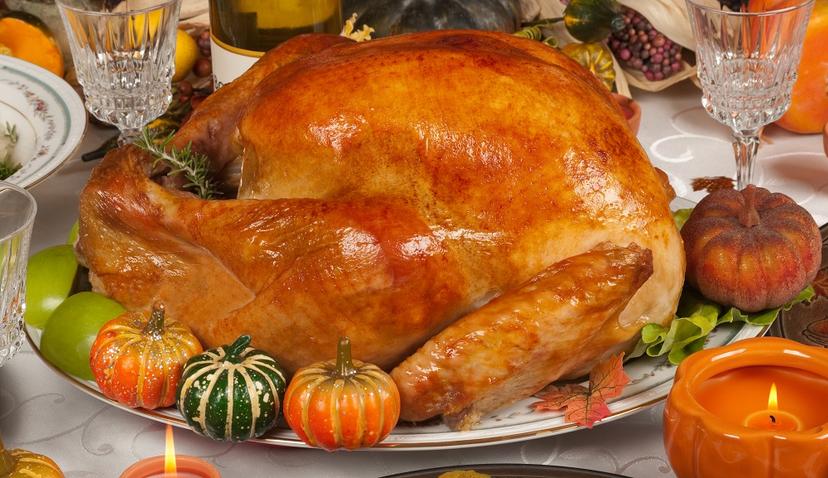How Scientific Innovation is Keeping Your Christmas Dinner Safe
Discover the methods food scientists use to protect your turkey and Brussel sprouts
16 Dec 2020

Discover the methods food scientists use to protect your turkey and Brussel sprouts
A very important part in everyone’s Christmas is the turkey dinner on Christmas day. Food scientists across the world are working hard to detect mycotoxins, pesticides and pathogens to ensure the safety of your festive feast.
Bucks Fizz at Breakfast
Diluting your champagne with some orange juice is definitely a sensible option, especially if you’re having it for breakfast, and routine analysis of alcoholic beverages aims to protect you from drinking counterfeit or adulterated alcohol. Although your juice could be contaminated with pesticide or fungicides residues from improperly washed fruit, the innovative QuEChERs method means you can be confident of their detection. You don’t need to be a scrooge and stick to water!
The Main Course: Roast Turkey with all the Trimmings
The star of this meal is of course the roast turkey! With scientific innovation allowing lower and lower limits of detection, molecular testing allows for all manner of pathogens to be detected. Salmonella, Campylobacter and Listeria can all be found in turkey, but innovative solutions from manufacturers are helping food processors and testing laboratories effectively detect these pathogens to help protect your dinner. Changes in livestock management to combat antibiotic resistance, such as routine monitoring of meat using QuEChERS and LC/MS/MS, to ensure safe levels of the antibiotics the pig ate before it was turned into those delicious sausages wrapped in bacon.
There’s no excuse not to eat your brussel sprouts either. Your vegetables and sage and onion stuffing will have been tested for wide range of pesticides to ensure they are within safe limits. Research into physical properties of food such as the oxidation stability mean you can be confident that the key ingredient in bread sauce (you guessed it, bread) is at its best. A traditional accompaniment to an English Christmas dinner, bread sauce is made from milky base which will have been routinely tested to ensure it is free from harmful levels of mycotoxins such as aflatoxins, which chiefly affect the liver but can also affect the immune system.
After Dinner: Mince Pies, Cheese and Biscuits
You’ve made it through the dinner, and at this point, your trousers may well be feeling a little tight. However, I’m sure you can manage a very small dessert. A small mince pie can’t hurt, even if you are trying to reduce your sugar intake! Luckily, sugar alternatives, such as steviol glycosides, are widespread and have been extensively tested to ensure their safety. You can also be sure that the delicious Christmassy spices such as nutmeg and cinnamon in your pie are just what they seem. Food adulteration is big business, and although spices can be adulterated with bulking agents and potentially harmful dyes, scientists at agencies such as the Food and Environment Research Agency (FERA) are hard at work, preventing these fake products from reaching consumers.
Surely you haven’t got room for cheese and biscuits as well? Apart from possibly giving you some strange dreams, that slice of cheddar won’t contain harmful levels of persistent organic pollutants (POPs). You can also be sure that that smelly Stilton has come from Stilton, with point of origin testing to confirm authenticity. Those clever food scientists can even identify the exact organic compound to blame for the smell!
Enjoy your dinner this Christmas, content in the knowledge that food scientists all over the world have made sure it contains nothing harmful.
Happy Holidays from the SelectScience team!

